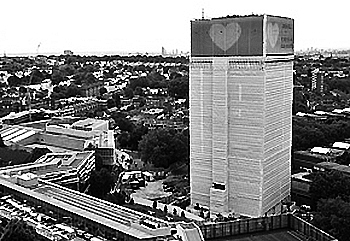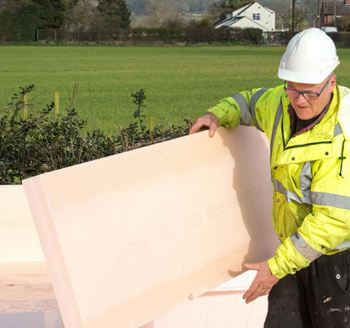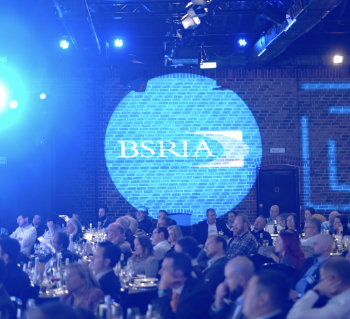What is alloy steel?
Alloy steel is a steel that is alloyed with various elements, usually with alloying element content between 1.0% and 50% by weight, in order to improve the mechanical properties of the steel. According to the different alloying elements, alloy steel can be divided into two categories: low alloy steel and high alloy steel. However, there is some controversy about the specific difference between the two. For example, Smith and Hashemi defined the difference as 4.0%, while Degarmo et al. defined it as 8.0%. In most cases, when we refer to the term "alloy steel", we usually mean low alloy steel.
Strictly speaking, every type of steel can be considered an alloy because steel is made by alloying iron with carbon (C) and other elements. However, not all steel is classified as "alloy steel". The simplest steel is alloyed with carbon (C) and iron (Fe), with a carbon content of about 0.1% to 1%, depending on the type of steel. However, when we say "alloy steel", we mean steel that has been deliberately added with other alloying elements in addition to carbon. Common alloying elements include manganese (which is the most common), nickel, chromium, molybdenum, vanadium, silicon, and boron. Less common alloying elements include aluminium, cobalt, copper, cerium, niobium, titanium, tungsten, tin, zinc, lead, and zirconium.
Compared to carbon steel, alloy steel has a range of improved properties, including strength, hardness, toughness, wear resistance, corrosion resistance, hardenability and thermal hardness. In order to obtain these properties, the metal may need to be heat treated.
Some of these alloys have excellent properties and can be used in particularly demanding applications, such as jet engine turbine blades and nuclear reactors. Due to the ferromagnetic properties of iron, the response of certain steel alloys to magnetism is important in important applications, including applications in electric motors and transformers.
The following are several common low alloy steels:
- D6AC
- 300M
- 256A
see also Types of steel for construction
[edit] Related articles on Designing Buildings
Featured articles and news
Construction Skills Mission Board launch sector drive
Newly formed government and industry collaboration set strategy for recruiting an additional 100,000 construction workers a year.
New Architects Code comes into effect in September 2025
ARB Architects Code of Conduct and Practice available with ongoing consultation regarding guidance.
Welsh Skills Body (Medr) launches ambitious plan
The new skills body brings together funding and regulation of tertiary education and research for the devolved nation.
Paul Gandy FCIOB announced as next CIOB President
Former Tilbury Douglas CEO takes helm.
UK Infrastructure: A 10 Year Strategy. In brief with reactions
With the National Infrastructure and Service Transformation Authority (NISTA).
Ebenezer Howard: inventor of the garden city. Book review.
The Grenfell Tower fire, eight years on
A time to pause and reflect as Dubai tower block fire reported just before anniversary.
Airtightness Topic Guide BSRIA TG 27/2025
Explaining the basics of airtightness, what it is, why it's important, when it's required and how it's carried out.
Construction contract awards hit lowest point of 2025
Plummeting for second consecutive month, intensifying concerns for housing and infrastructure goals.
Understanding Mental Health in the Built Environment 2025
Examining the state of mental health in construction, shedding light on levels of stress, anxiety and depression.
The benefits of engaging with insulation manufacturers
When considering ground floor constructions.
Lighting Industry endorses Blueprint for Electrification
The Lighting Industry Association fully supports the ECA Blueprint as a timely, urgent call to action.
BSRIA Sentinel Clerk of Works Training Case Study
Strengthening expertise to enhance service delivery with integrated cutting-edge industry knowledge.
Impact report from the Supply Chain Sustainability School
Free sustainability skills, training and support delivered to thousands of UK companies to help cut carbon.
The Building Safety Forum at the Installershow 2025
With speakers confirmed for 24 June as part of Building Safety Week.
The UK’s largest air pollution campaign.
Future Homes Standard, now includes solar, but what else?
Will the new standard, due to in the Autumn, go far enough in terms of performance ?
BSRIA Briefing: Cleaner Air, Better tomorrow
A look back at issues relating to inside and outside air quality, discussed during the BSRIA briefing in 2023.
Restoring Abbotsford's hothouse
Bringing the writer Walter Scott's garden to life.
Reflections on the spending review with CIAT.

























